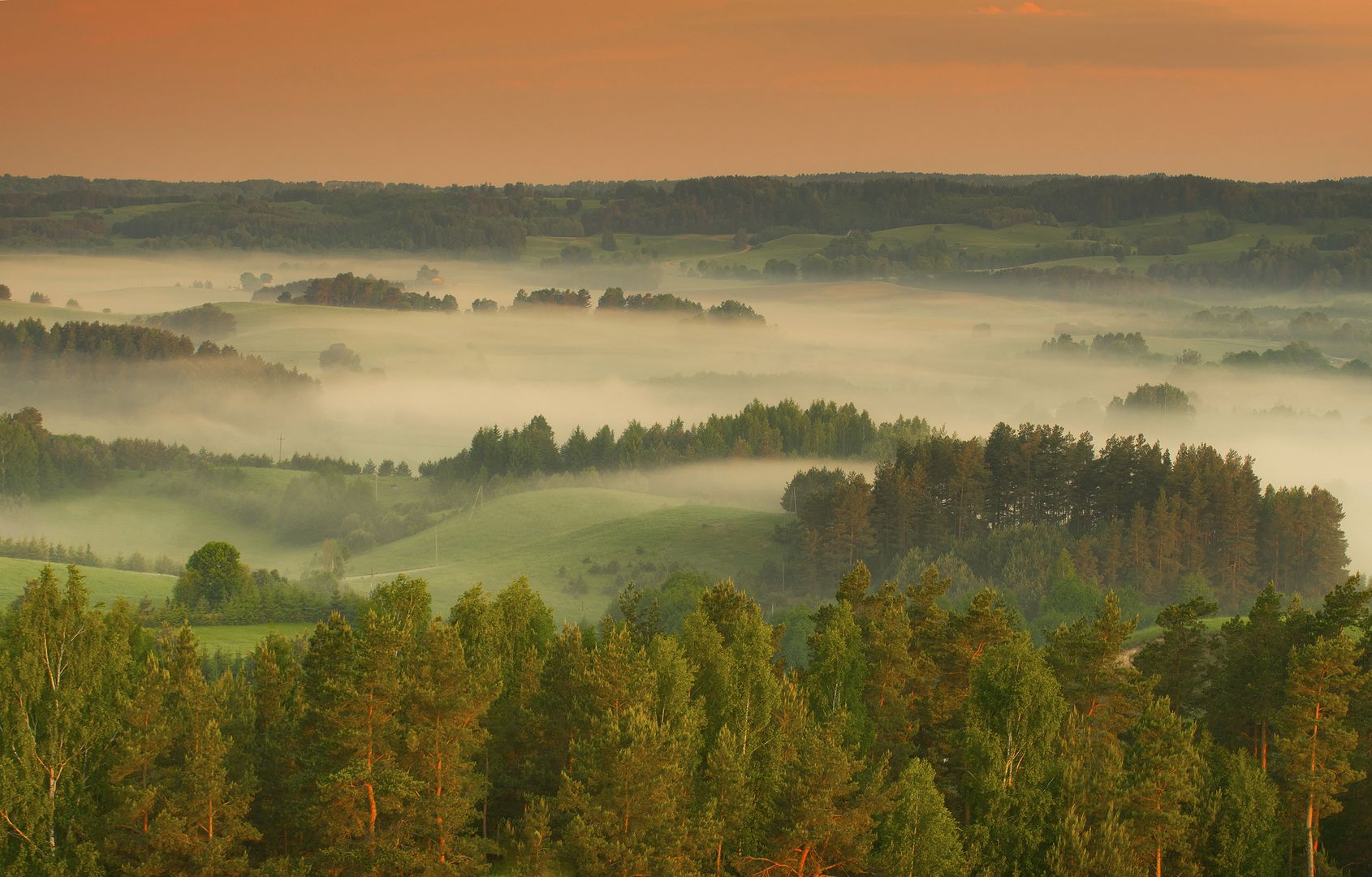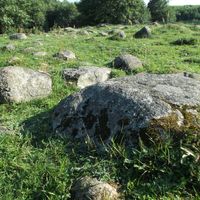Suwałki Landscape Park
7

Overview
The Suwałki Landscape Park (SPK), established on January 12, 1976, is the oldest landscape park in Poland. Its main objective is to protect the unique post-glacial landscape, along with the natural and geological values characteristic of the Eastern Suwałki Lakeland. The park covers an area of 6,337.66 hectares and is located in the northern part of the Podlaskie Voivodeship, encompassing the territories of four municipalities: Jeleniewo, Przerośl, Wiżajny, and Rutka-Tartak. This area is rich in diverse geological formations, including boulder fields originating from the Baltic glacier, such as the Bachanowo Boulder Field, which is a geological reserve. Geologically, the park belongs to the East European Precambrian Platform, and its terrain was shaped during the Pleistocene and Holocene periods. Hydrologically, the SPK area is part of the Neman River basin, with two main rivers: the Czarna Hańcza and the Szeszupa, as well as numerous lakes, including the deepest lake in Poland – Hańcza. The park is home to many protected species of plants and animals, as well as rare ecosystems such as peat bogs. Among the fauna, mammals like the beaver and gray wolf can be found, along with birds, reptiles, and fish. The SPK is also an ethnologically interesting region, inhabited until recently by Old Believers. Additionally, the park features reserves such as the Łopuchowskie Boulder Field and Lake Hańcza, and its picturesque landscapes offer numerous tourist attractions, such as Leszczynowa Góra or Cisowa Hill, with viewpoints overlooking the surrounding areas. The Suwałki Landscape Park is not only a place of great natural value but also a region rich in history, culture, and tradition, making it a valuable area for further research and protection.
Location
You can also find here:
2025 Wizytor | All Rights Reserved
